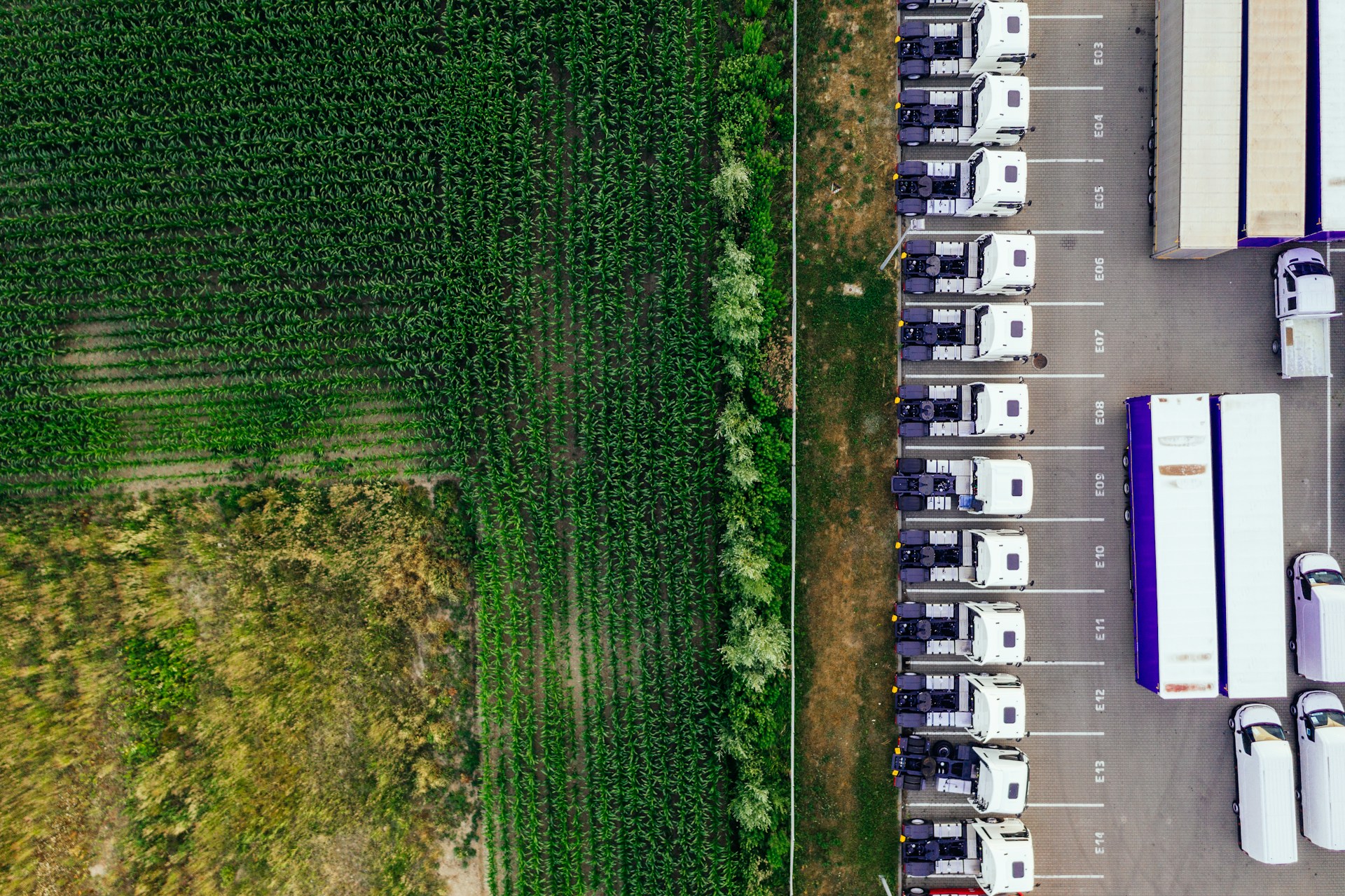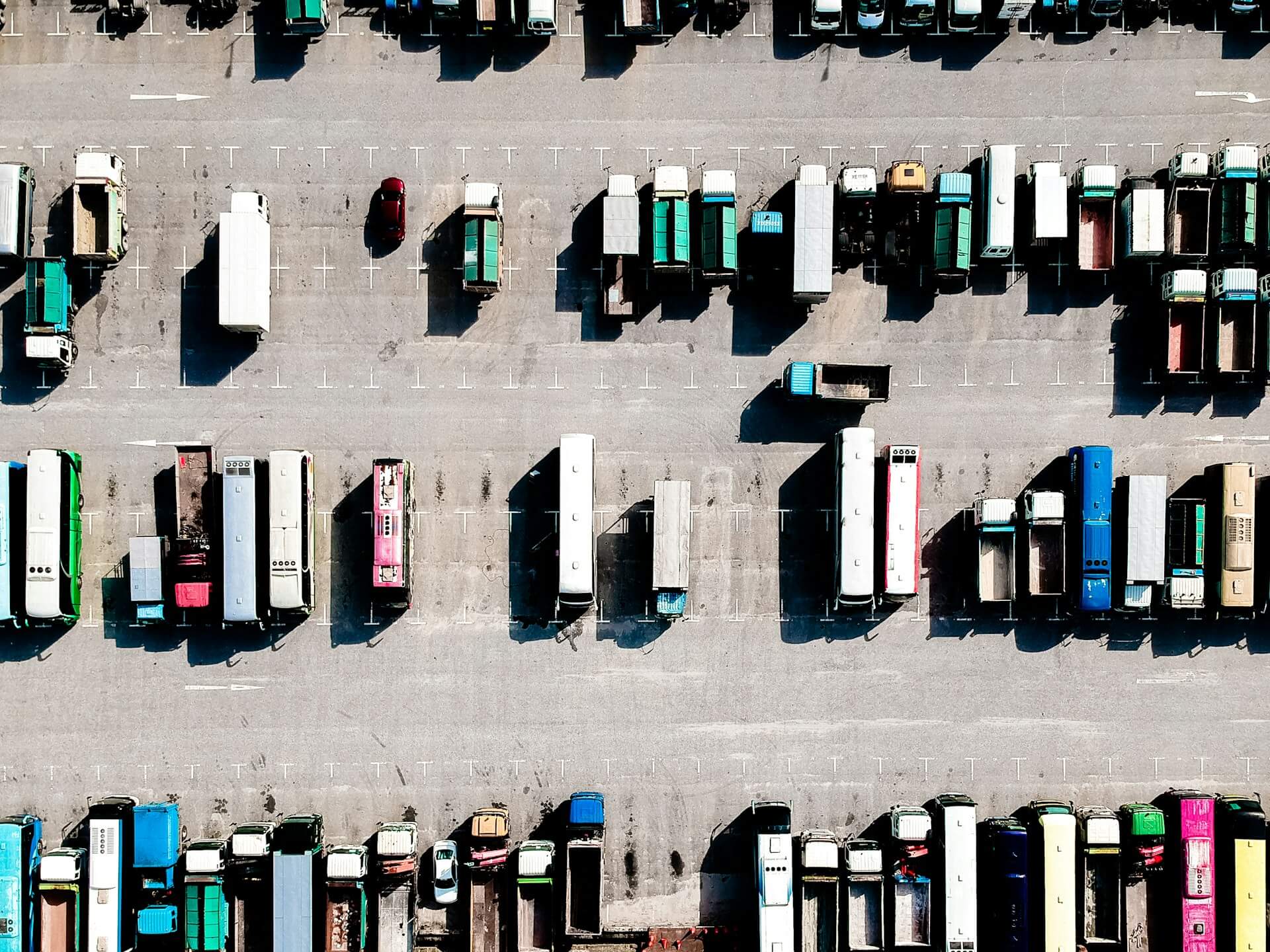Navigating the ins and outs of insurance for produce shipping can seem like an intimidating task.
With numerous variables at play, it’s crucial for shippers to understand what factors insurers evaluate.
Understanding these elements helps in effectively managing risks while ensuring business operations are protected.
In this context, we will discuss the principal factors that play an essential role in this process.
From the quality of goods shipped to the transportation methods employed, each aspect impacts your insurance coverage.
This detailed analysis aims to offer insights and guidance through this oftentimes complex decision-making process.
Contents
Key Factors Insurance Companies Consider For Produce Shippers
1. Type and Value of Produce Shipped
The type of produce shipped is often the first major factor insurance companies assess when providing coverage for produce shippers.
Items that are highly perishable or fragile may require specialized handling or packaging innovations to prevent damage or spoilage during transport.
For example, fruits like strawberries or tomatoes are more susceptible to bruising and require more stringent temperature and atmospheric control than root vegetables such as potatoes or carrots.
This difference in handling requirements can significantly impact the cost of insurance, with potentially higher premiums for goods that are more challenging to transport.
Furthermore, certain types of produce may also be more vulnerable to theft or sabotage, such as high-value crops or products with high street value.
In these instances, an insurance company may impose stricter security measures and have higher premiums to offset the increased risk.
Another critical aspect that insurance providers consider is the value of the produce being shipped.
Generally, the higher the value of the goods, the more costly the insurance coverage because of the potential financial loss should any mishap occur.
For instance, a semi-truck loaded with organic produce or imported truffles would likely attract a much higher insurance premium than a shipment of common, domestically grown vegetables.
Thus, it is vital for shippers to accurately declare the value of their produce consignments to ensure they have adequate coverage.
Inaccurate or fraudulent declarations can lead to severe penalties, including voidance of the insurance policy or, in extreme cases, legal action.
In addition to ascertaining the value of individual shipments, insurers also take into account the total annual shipping volume of a business when determining policy rates.
Insurance companies can offer more competitive premiums to shippers who consistently maintain high volumes of cargo throughout the year, as the risk is spread over a larger number of shipments.
Conversely, businesses with erratic or low shipping volumes may face higher insurance costs due to the increased risk associated with infrequent shipments.
Thus, the type and value of the produce being shipped significantly influence the cost and terms of insurance coverage for produce shippers.
Overall, insurance companies intricately consider the type and value of the produce being shipped to provide the most accurate and fair coverage for all parties involved.
By understanding these factors, produce shippers can better prepare and account for these provisions in their total operating costs. Hence, leading to more informed business decisions.
2. Distances and Routes of Transportation
When evaluating applications from produce shippers for insurance coverage, one key factor that insurers look into is the distances and routes of produce transportation.
Understanding the frequency and length of journeys that the shippers undertake is vital as it provides insurers with essential insights into the potential risks involved.
Insurers usually categorize these risks into long and short haul transportation.
Short-haul transportation, typically within regions or between neighboring states, often present fewer risks than long-haul transportation which involve crossing states or nation borders.
Exceptions, however, do apply and are often based on the specific demographics and topography correlated with the designated routes.
Considering whether the transportation paths are mainly through urban areas with dense traffic, or through rural or semi-urban areas with fewer vehicles on the roads, is also essential in risk assessment and insurance premium calculation.
Other factors such as frequent journeys across accident-prone areas or harsh weather regions would also raise the potential risks.
Furthermore, understanding the infrastructure standard of the transportation routes can significantly impact risk assessment.
Routes with well-maintained road networks are typically less hazardous, and consequently have a lower potential for produce damage, as opposed to routes where the roads are in poor condition or under construction.
In such cases, the chances of delays and the associated produce spoilage are heightened, hence raising the risks involved and consequently the insurance premiums.
The ability to navigate through mapped out alternative routes when confronted with unforeseen incidents or obstructions on the original route can result in reducing potential losses and is therefore considered positively by insurers.
Insurers exponentially value a shipper’s capability to effectuate systematic contingency plans, allowing for the least disruption possible, to ensure produce reaches its destination within the set timeline, hence mitigating the associated risks.
Insurer’s also take into account the security aspects of the selected routes.
Situations such as high prevalence of vehicular theft or high-risk security areas carry their own set of inherent risks and therefore greatly influence insurance considerations.
Lastly, the type of vehicle used for transport hugely impacts the routes that can effectively be utilized.
Larger vehicles require routes that can accommodate their dimensions and load capacity.
The complexity of the route logistics directly correlates to the potential for risk hence, insurers pay exhaustive attention to route details and transportation distance in their analysis for determining appropriate coverage and premiums.
3. Shipping methods and conditions
When considering insurance for produce shippers, one key factor taken into account is the methods used for shipping.
This includes the type of vehicle used for transportation, such as trucks, airplanes, or ships, and the technologies they incorporate for the preservation and handling of produce along the journey.
Heat control systems, for example, are necessary features in vehicles used for shipping perishable goods and are therefore seriously considered by insurance companies.
The presence and condition of refrigeration units within those vehicles can also significantly impact the premium of insurance policies.
Vehicles equipped with automated loading and unloading technologies, which can reduce the chances of damage during these processes, often have a favourable impact on the policy rates.
Of crucial importance is the overall condition of the shipping vehicle – insurers take seriously into account any signs of wear and tear that may influence the safety and productivity of the transport.
Furthermore, insurance companies consider the method of packing used for the produce, as this significantly influences the risk of spoilage or damage during shipment.
Produce that is carefully organised and packed with appropriate cushioning materials is less likely to be damaged, resulting in reduced risk and consequently, lower insurance premiums.
Containers used for the packing of produce should be hygienic, sturdy, and resistant to environmental conditions. Insurers prefer containers that can protect produce from humidity, temperature fluctuations, and pests.
Moreover, the conditions under which the transport takes place are equally vital. The transport duration and route play substantial roles in determining an insurance policy.
Longer trips represent higher risks due to increased exposure to hazards such as extreme weather, traffic accidents, or longer periods within a controlled environment, leading to potential malfunctions.
The route condition and potential risks associated with it, such as poor infrastructure, high crime rates, or dangerous weather conditions, are also key factors for insurers.
Importantly, the type of shipping method chosen must align with the type of produce being transported.
For example, a shipping method that maintains a cold and moist environment would be better suited for dairy products or meat, as these are highly perishable. Whereas dry and airy environments may be preferred for certain fruits and vegetables.
Last but not least, insurers are interested in the frequency of shipment, as frequent shipments may increase the likelihood of loss or damage, thereby affecting the insurance premium.
4. Driver’s Qualifications and History
One of the core parameters that insurance companies evaluate for produce shippers is the driver’s qualifications and history.
This information is crucial since it illuminates on the driver’s capability to safely and responsibly handle the shipment.
Primarily, they explore the driver’s driving license, which should be correct and updated for the type of vehicle used in shipping.
Having a specialist license, like a commercial driver license, may lower the perceived risk and thus result in lower premium rates.
Reviewing the driver’s training records provides an overview of the driver’s expertise in handling the specific type of goods being transported, in this case, produce.
The insurance companies are particularly interested in any specialized training a driver might have undergone, like those revolving around the handling of delicate produce, refrigeration management, and advanced drive safety training.
Importantly, the driver’s history of traffic violations and accidents formulates an integral part of their profile that insurers scrutinize.
A driver with numerous traffic violations or accidents in his or her records is considered high risk as they are more likely to cause an accident during transit, leading to possible produce spoilage.
This information offers an understanding of the driver’s safety habits, using it, insurance companies can anticipate the likelihood of future claims.
Additionally, the length of driving experience also impacts the premium rates as a more seasoned driver is deemed less risky than a novice.
Furthermore, the insurance companies also consider the driver’s health profile.
Health conditions that may cause sudden incapacitation such as heart diseases or epilepsy can elevate the risk associated with a driver and thus, may influence the insurance premium.
More importantly, any history of substance abuse flags a driver as high risk since it can impair their judgement and reflexes on the road.
As such, insurance companies may request for regular drug tests as part of their risk management strategy.
As a form of risk mitigation, some insurers provide added incentives for drivers with clean records such as lower insurance premiums or discounts for additional safety training.
Therefore, it is evident that the driver’s qualifications and history play a pivotal role in defining the risk profile and consequently, the cost and terms of production shipping insurance.
5. Potential Risks and Damages
The shipping industry, especially produce shipping, is filled with a myriad of potential risks and damages.
One of the key risks includes produce spoilage during transportation due to inadequate temperature or humidity control.
This is especially significant for perishable goods that require specific temperature and humidity ranges to maintain their quality.
Furthermore, there are risks of physical damage to the produce, either from improper handling, loading, and unloading or from accidents during transportation.
Moreover, theft and pilferage pose considerable risks to produce shippers.
Losses from these risks can impact heavily on the financial stability of a produce shipping company.
Therefore, insurance companies take into consideration the potential risks and possible damages when determining the coverage and premiums for produce shippers.
Another crucial risk is related to delivery delays, which can result in claims from buyers for late, incomplete, or non-delivery of produce.
Such delays can often occur due to external factors like adverse weather conditions, road blockages, or mechanical breakdowns.
Risks can also emerge from regulatory compliance issues, particularly in cases where there are stringent standards on the transport of certain types of produce.
Non-compliance with these norms can lead to legal liabilities and financial penalties that could impact the operation of the shipping company.
Similarly, the lack of appropriate documentation and permits for shipping produce can lead to potential risks such as fines, detention of the cargo, or even prosecution.
In some cases, uncertainties like market fluctuations and changes in import/export regulations can add to the risks faced by produce shippers.
The complex nature of these risks makes it essential for insurance companies to carefully evaluate them in the context of produce shipping.
Their assessment will ultimately determine the kind of insurance coverage required by a produce shipper, the areas to be covered and the amount of premium to be paid.
Insurance companies aim to provide a comprehensive insurance policy that caters to the unique risks and operational realities of produce shipping.
The Bottom Line
The multifaceted nature of produce shipping underscores the importance of various critical factors that influence not only the quality of the produce transported but also the overall success of the shipping process.
The type and value of the produce significantly determine the logistical specifics, while the chosen distance and particular route significantly impact efficiency and timeliness.
The methods and conditions of shipping, in turn, can directly influence the freshness and integrity of the goods upon arrival.
Furthermore, the qualifications and historical performance of drivers play a vital role in ensuring safe and successful delivery.
Considering these factors, the potential risks and damages that may be encountered throughout this process necessitate an in-depth understanding and careful planning to mitigate and avoid, thus ensuring produce is shipped in the most efficient, cost-effective, and least damaging manner possible.




